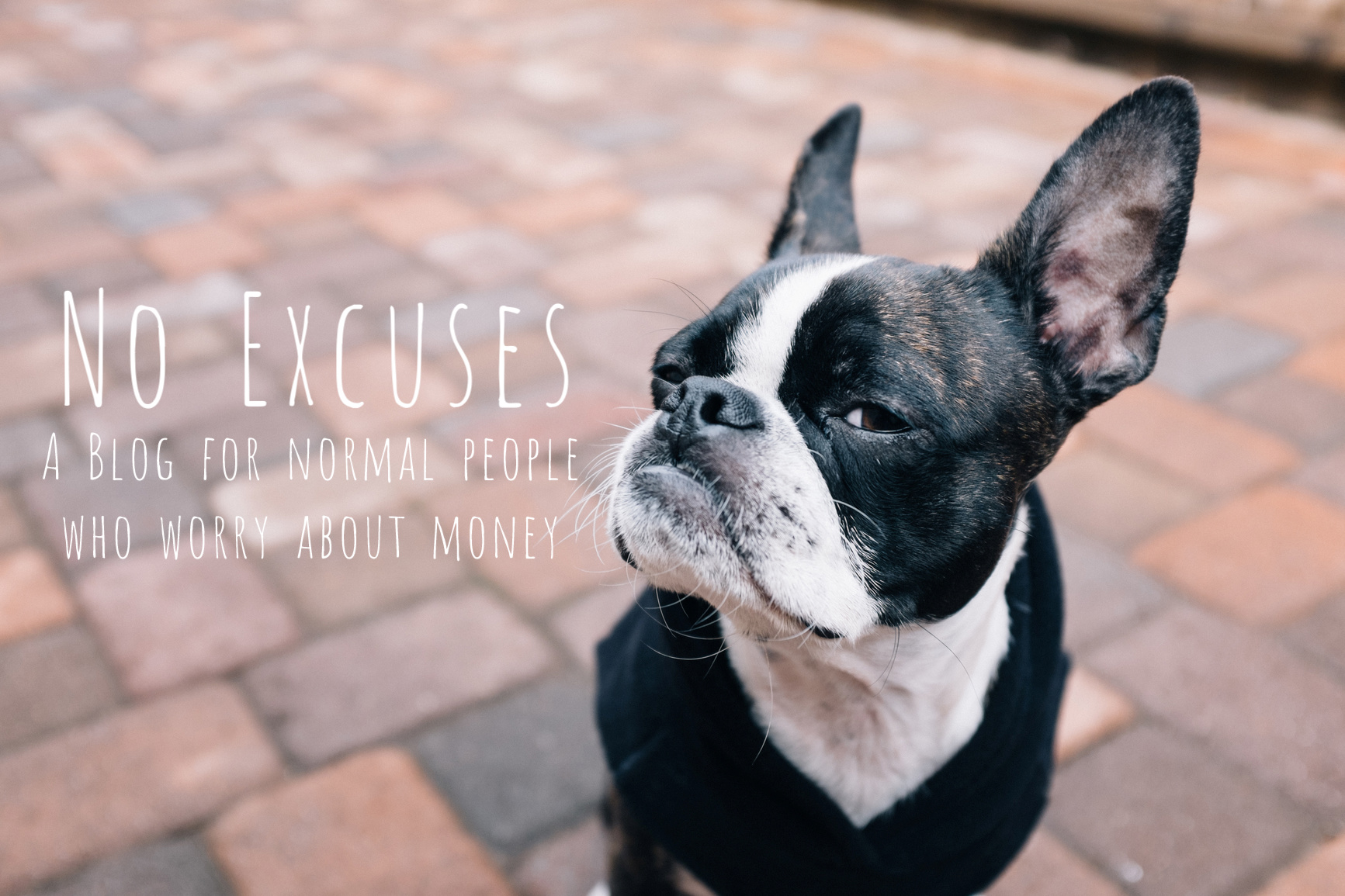I got a great question yesterday about the difference between saving and investing. Everyone knows that we are supposed to regularly save money. Most of us who follow a set savings plan have our banks set aside a little bit monthly or from each paycheck just to make sure this is happening. But putting money aside in a savings account is not the same as regularly investing it in a stock, bond or fund. We all know the difference matters. So here are a few things to think about when you are trying to decide where, exactly, the money goes.
Dollar-cost averaging.
This is the auto-pilot of investing, which makes it one of my favorite techniques to recommend to new investors. The old "buy low, sell high" investment advice suggests that you should be analyzing the market every time you buy more units of your favorite stock, bonds or fund—not so realistic if you are putting money aside monthly and don't plan to give up your job for day trading.
Fortunately, dollar cost averaging studies show that you actually do well over time by choosing your fund and buying into it at a regular interval, regardless of the price that day. Some months, you will pay more as the price goes up. Other months, though, you will hit those bargain moments when the price is temporarily down. And in between, you usually take advantage of the general growth in the market.
If you could predict the future, you could always get the lower prices, but since none of us (even the experts) are really good at those short-term predictions, statistics show you are better off to not even try. With this in mind, use the settings in your investment account to automatically invest your monthly savings in a good fund. And don't forget the automatic dividend reinvestment setting, too. We love studies that tell us to do less work.
Volatility and your investment account.
Let's say that you already have money in the investment account and want to keep adding but know that the college tuition bill or house down payment will be coming your way in a few years. This is when you start thinking about volatility.
Volatility is the measure of how often and how dramatically the value of a particular investment tends to change. A mutual fund with high volatility will drop and soar in price regularly. We don't have a crystal ball, but we know that the value of bonds tends not to move very fast while company stocks tend to be volatile. For this reason, financial planners recommend that you start putting more of your money in bonds as you get closer to the time when you need it. After all, you don't want one of those price drops to hit just when the tuition bill comes due.
If you don't have a financial planner to help you figure this out, try creating your own simple version of one—pair a cheap, blended stock fund with a government bond fund. As you get closer to when you need your money, put more into the bond fund. (For more on how to choose a fund, check out this earlier post). Or, you could use a "Target Date Fund." Target date fund managers assign each fund a target year when the investor expects to start drawing out money. The fund manager gradually shifts the investments as it gets closer to that year. Target date funds and blended funds are only a rough approximation of your needs, but they can be a cheap and viable way to manage things yourself.
Bank Accounts verses Investment Accounts
Almost all of the investment advice you will see on the internet assumes you are going to leave that money in your investment account for a long period of time—preferably 10 years or more. Why? Because we are betting that the economy and its markets will continue to grow bigger over time. The majority of investment professionals have developed their strategies to take advantage of just that fact. On the other hand, we are all pretty much positive that the market's growth is not going to be smooth and easy. In other words, we expect a few dips and crashes along the way. That's where your time problem comes in. If you need that money out in 2 years, you may get hit with the crash but not had time to benefit from the growth. It's a good way to lose some of your hard-earned money.
There are cases in which you are better off to use an investment account than a bank account even if you only plan to put the money in something very safe. College savings accounts and retirement accounts offer tax advantages over regular bank accounts. But if you aren't looking for the tax deferral and you are just putting the money away for a few years, don't overlook your bank. I find that local banks and credit unions often offer you better interest rates on savings accounts and CD's (Certificates of Deposit), so you can squeeze just a little bit more out of that savings.
Follow the plan
The single most important factor in determining you success as an investor is making a plan and sticking to it. Choose your strategy and your investment allocation first. And then let all of those auto-deposit and auto-invest features work for you. I firmly believe that paying for a financial plan at this stage is a bargain for just about anyone. But if you are willing to put in some time and do a little research, you can do this yourself. Ready to start? Begin with this How To Start Investing: Basics for Doing It Yourself.






